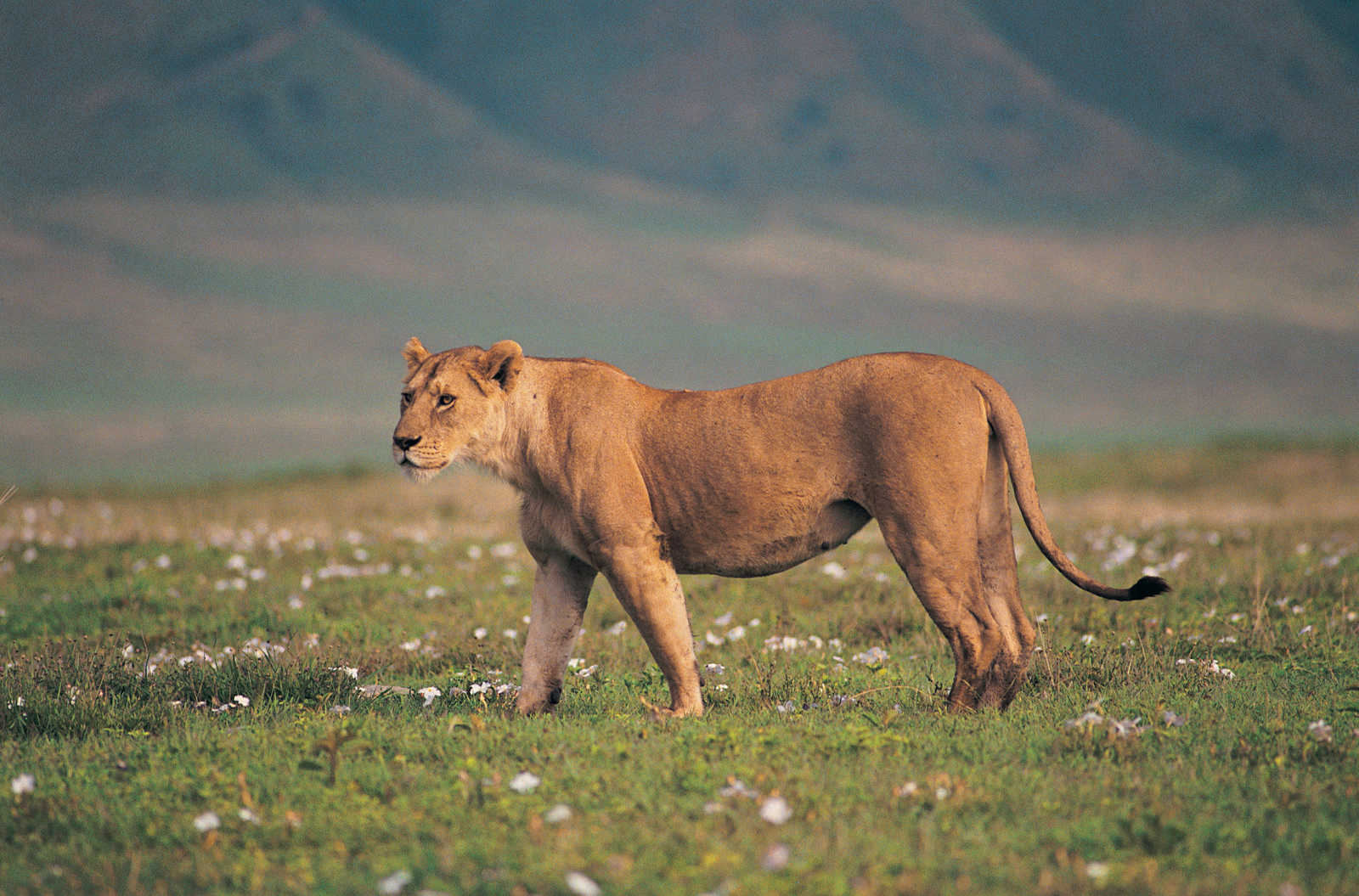Classic Tanzania Safari
| Resort: | Classic Tanzania Safari |
| Operator: | Exodus |
| Destination: | Africa, Tanzania |
| Price From: | £3999.00 |
OverviewThe Serengeti, Ngorongoro Crater and Lake Manyara – Tanzania’s most prolific national parks Our safari starts with Lake Manyara and its fantastic birdlife with over 400 recorded species. From here we continue to the Serengeti National Park. Tanzanias flagship park is contiguous with the Masai Mara and it is not uncommon to see lions, cheetahs or even leopards. The giant caldera of the Ngorongoro Crater boasts stunning scenery as well as prolific wildlife, whilst Tarangire National Park is famous for its herds of elephants which can number in the hundreds. Highlights* Incredible wildlife viewing in the natural sanctuary of the Ngorongoro Crater * A chance to see the infamous tree climbing lions of Manyara and the Serengeti * The vast wide open plains of the Serengeti, teeming with wildlife * Dates scheduled around the wildebeest migration * The enormous elephant herds of Tarangire National Park ItineraryDay 1 Depart London.Depart London. ** Day 2 Arrive Kilimanjaro; transfer to Arusha.Today is spent in Arusha.There is a free afternoon to relax, lie by the pool or explore the town *Comfortable Hote* Day 3 To Lake Manyara with game drives in the park.This morning we drive from Arusha to Lake Manyara National Park (approx. 2.5 hours), one of Tanzanias more intimate parks. The lake shore teems with birds and the park is famous for its elusive tree-climbing lions. There is also a surprising number of large mammals and the striking cliffs of the Rift escarpment form a dramatic backdrop to our first experience of the region’s magnificent wildlife. *Migunga permanent camp or similar* Day 4 Drive through Ngorongoro Conservancy; afternoon game drive in the Serengeti.En route through the Ngorongoro Conservation Area we stop to visit Olduvai Gorge. It is within this steep sided ravine that Louis and Mary Leakey made some of the worlds most important archaeological discoveries in the 1950s. Here in a small museum we are able to see evidence of our ancestors that have been dated back 2.5 million years. Then we head into the Serengeti National Park arriving after lunch. The rest of the afternoon is spent game viewing amongst the vast plains that are broken only by acacia trees and the occasional kopje (rock formation). In January and February we will normally meet the migration with large herds of wildebeest, zebra, and gazelle. There are always plenty of resident animals, such as giraffe, buffalo, and elephant, as well as many large predators such as lion, cheetah, and leopard. *Ikoma permanent camp or similar* Day 5 Full day of game drives in the Serengeti.We have another full day in this wonderful park, rising early to make the most of our time. Our guides will choose the best spotting locations for the time of year; we can spend time at the Hippo pool watching these majestic animals laze about in the water happily living alongside the crocodiles, watch a big pride of lions,be in the middle of the migration, surrounded by wildebeest and zebras. We journey from the wide open plains to the kopjes: these volcanic rocky outcrops provide protection and shelter for a wide variety of animals and from the top we can see out across the vast grasslands of the Serengeti. This diverse and interesting landscape will provide us with the ultimate in game viewing, we will hopefully see all of the plain game; elephants, giraffe, zebra, wildebeest, lions, cheetah and if you are lucky the elusive leopard, as well as huge amounts of interesting bird life such as the elegant secretary birds and the flightless ostrich. *Ikoma permanent camp or similar* Day 6 Morning game drive in the Serengeti; afternoon drive to Ngorongoro Conservation Area.We have a final game drive in the Serengeti before heading back into the Ngorongoro Conservation Area and to the rim of the Ngorongoro Crater where we spend the night. *Rhino Lodge or similar* Day 7 Game drive in Ngorongoro Crater.Sleeping near the Ngorongoro Crater means that we are one of the first vehicles to descend into the caldera. Ngorongoro is a conservation area rather than a national park. This means that whole area is managed for both the animals and the local Maasai people who graze their cattle alongside the indigenous wildlife. During the drive down to the crater floor we will gain a glimpse of the Maasais lifestyle. The crater walls provide a natural sanctuary for the animals, which means there is plenty to see: lions, elephants, buffalo, rhino and leopard (if you are lucky enough). The only animal you wont see in here is a giraffe, whose long legs are unable to cope with the steeps sides of the crater. Later this afternoon we will leave the crater. *Migunga permanent camp or similar* Day 8 Game drive in Tarangire N.P; stay at a lodge within the park.Today we head to Tarangire National Park. The park, which has its own source of water, comes into its own in the dry season as birdlife congregate on the Tarangire River and herds of giraffe, zebra, buffalo and, in particular, elephant can be seen. Predators such as lions and leopards are also regularly spotted here.Our lodge is located within the park. It has a large look out area from where sundowners can be had whilst watching the game on the sweeping plains below. *Tarangire Safari Lodge or similar* Day 9 Morning game drive in Tarangire N.P.; transfer to Arusha; depart.We begin with an early morning game drive in Tarangire where we should see more game, before heading back towards Arusha and, for those on the group flights, Kilimanjaro Airport in time to catch our flight home. ** Day 10 Arrive London.Arrive London. ** |







